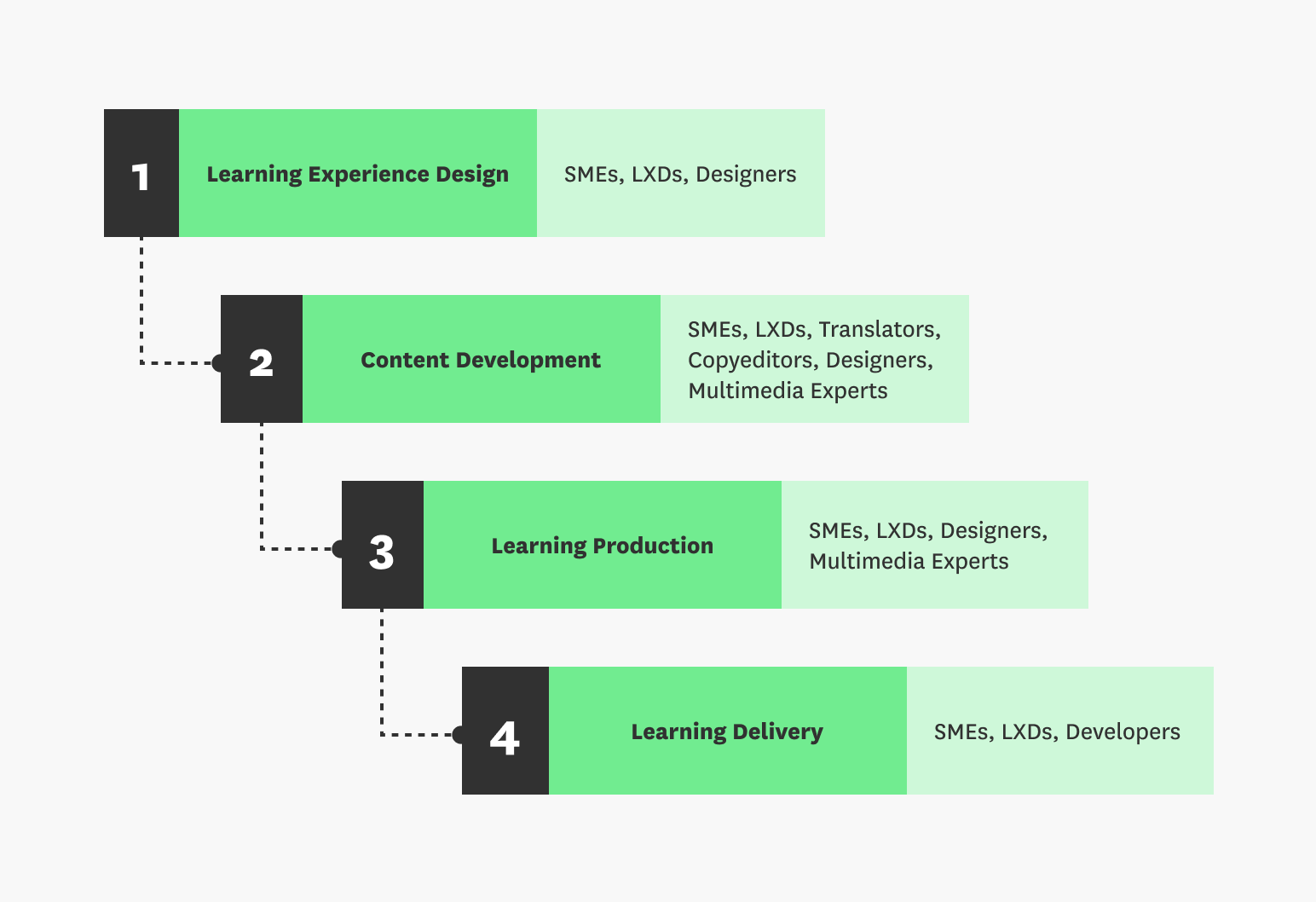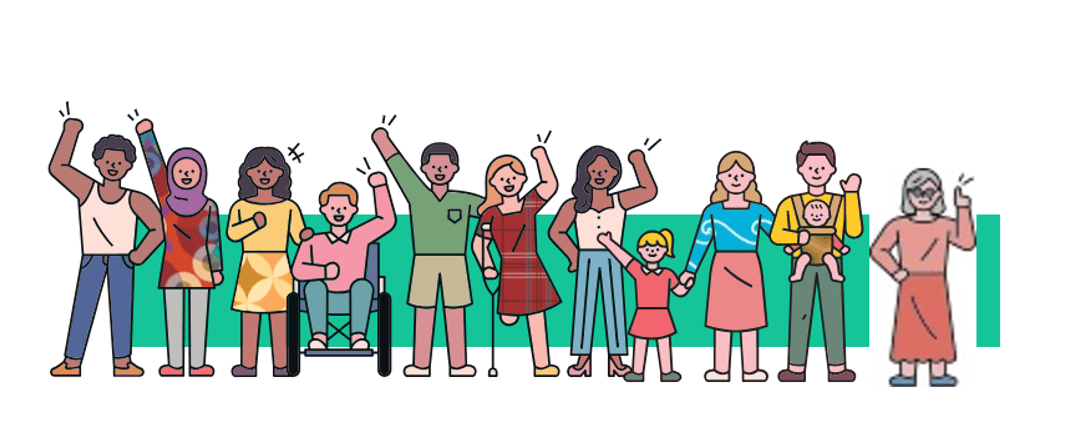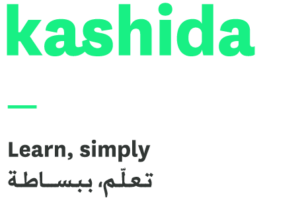
Designing For Diversity, Equity, And Inclusion
Have you ever encountered challenges while trying to make diversity, equity, and inclusion (DEI) a foundational element of your learning design process? Regardless of your experience, we’re here for you. Dive into this article for valuable insights equipping you with practical tips to cultivate learning environments that champion diversity, equity, and inclusion.
Understanding Diversity, Equity, And Inclusion
Before delving into the “how,” let’s establish a clear understanding of DEI:
- Diversity involves embracing and celebrating individuals’ uniqueness.
- Equity is the ongoing journey toward attaining equality and justice.
- Inclusion entails the practices whereby diversity is not just acknowledged but actively embraced. It poses the question of how everyone, from team members to end users, can genuinely feel valued and included.
Who Ensures The Learning Experience Promotes DEI?
The answer is clear: the responsibility falls on all team members throughout the different phases of the project!
Every team member plays a crucial role in this endeavor! Indeed, teamwork is the driving force that transforms dreams into reality.

What’s Key When Crafting DEI Learning Experiences?
Your focal point is undoubtedly your target audience!

This can be classified in various ways, with the most common categories outlined below:
- Race and ethnicity – Consider the appearance of characters and the languages employed.
- Disability – Assess the inclusivity of tools and designs for various disabilities.
- Sex and gender – Ensure diversity and avoid stereotypical representations. Questions to ask yourself: are my characters diverse? Do they also represent marginalized groups? Am I using stereotypical representations of gender roles and characters?
- Age – Identify the age groups within your target audience.
- Educational background – One important factor to consider is tailoring the content to align with your audience’s comprehension level, including assessing the type of vocabulary used.
- Digital literacy – E.g., familiarity with technology use.
- Learning profile – Include a variety of assets and assessments to accommodate diverse learning preferences.
How Can The Team Streamline Designing For Diversity, Equity, And Inclusion?
Tips For LXDs
- Thorough client communication: Ask the client as many questions as needed, compile a comprehensive list of all the requirements, and share it with the team.
- User-centric design workshops: Engage end users in the learning solution design through human-centered design workshops, ensuring diverse representation in the process.
- Diverse user testing: Prior to product launch, involve a diverse group of users in testing to gather insights and feedback from varied perspectives.
- Detailed storyboarding: Provide explicit instructions during storyboarding, specifying character types and offering detailed guidance on their physical attributes and gestures.
- Internal Quality Assurance: Conduct one or two rounds of internal Quality Assurance, referencing the list of requirements throughout the process to ensure alignment and completeness.
Tips For Translators
- Cultural and linguistic proficiency: Understand the nuances of grammar and the cultural context of the original language. Delve into dialects, local vocabulary, idioms, and figures of speech to enhance relatability and understanding.
- Gender-inclusive language: Steer clear of gender-biased phrases or pronouns. In languages like Arabic, ensure inclusivity, even in the plural form, which can carry inherent gender bias.
Tips For Designers And Multimedia Experts
- Collaborative style guide creation: Conduct brainstorming sessions with the Learning Experience Designer (LXD) during the project’s style guide development, ensuring alignment with DEI principles.
- Icon and symbol usage: Inspect the use of icons and symbols for clarity and cultural sensitivity.
- Diverse character design: When designing characters, ensure representation across various demographics (age, gender, cultural background, dress code, etc.), respecting the cultural nuances of the target audience.
- Designing for accessibility: Prioritize accessibility in design, adhering to WCAG recommendations for colors, components, and interactivities to make the content universally accessible and inclusive.
Tips For Developers
- Accessible tools and multilingual support: Advocate for tools that align with accessible design principles and offer inclusive support for required languages, including languages like Arabic.
- Cross-device responsiveness: Prioritize responsiveness across multiple devices, ensuring a consistent and user-friendly experience on various platforms.
- Text legibility on different devices: Pay attention to text legibility on different devices, preventing text from becoming too small. This consideration is crucial for accommodating older individuals and those with eyesight challenges, promoting ease of reading across diverse user demographics.
Go through the journey in the shoes of your learners and allow the brilliance of underrepresented groups to radiate throughout the learning experience. Also, embedding DEI within the design and development processes of any learning experience is not just a best practice—it’s essential for creating an environment where all learners feel valued and supported. Integrating DEI principles into your learning design ensures that educational content is accessible, relevant, and respectful to diverse audiences. This commitment to inclusivity promotes a richer learning experience, fostering a culture of understanding and respect.
One exemplary case of effective DEI integration in learning design is a project undertaken by Kashida in collaboration with the United Nations Development Programme (UNDP). The project, titled Empowering Gender Mainstreaming, aimed to enhance gender equality and empowerment through comprehensive training modules.
In order to embed DEI principles throughout the project:
- Clear design guidelines were established to ensure diverse representation in course content, fostering inclusivity and authenticity.
- The selection of characters was meticulously crafted to ensure diversity across various dimensions.
- The Arabic language used in the content was carefully chosen to be inclusive of all genders, avoiding any form of bias. This approach not only mirrored the real-world diversity of the learners but also promoted a sense of belonging and inclusivity within the learning environment.
- Accessibility features such as closed captions, transcripts, alt text, and keyboard navigation were integrated to create an inclusive learning environment.
Kashida ensured that the learning experience was not only informative but also inclusive and transformative.
